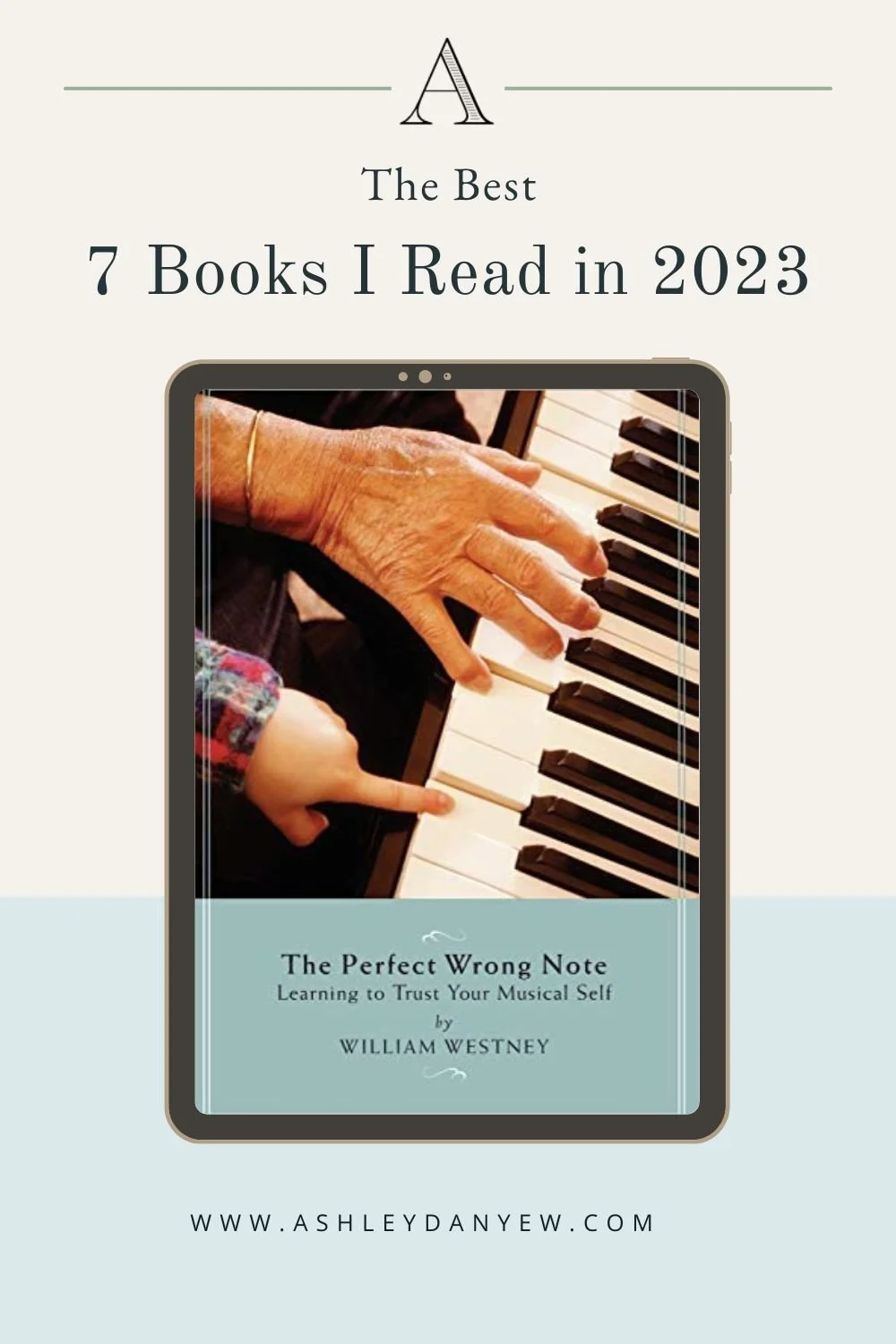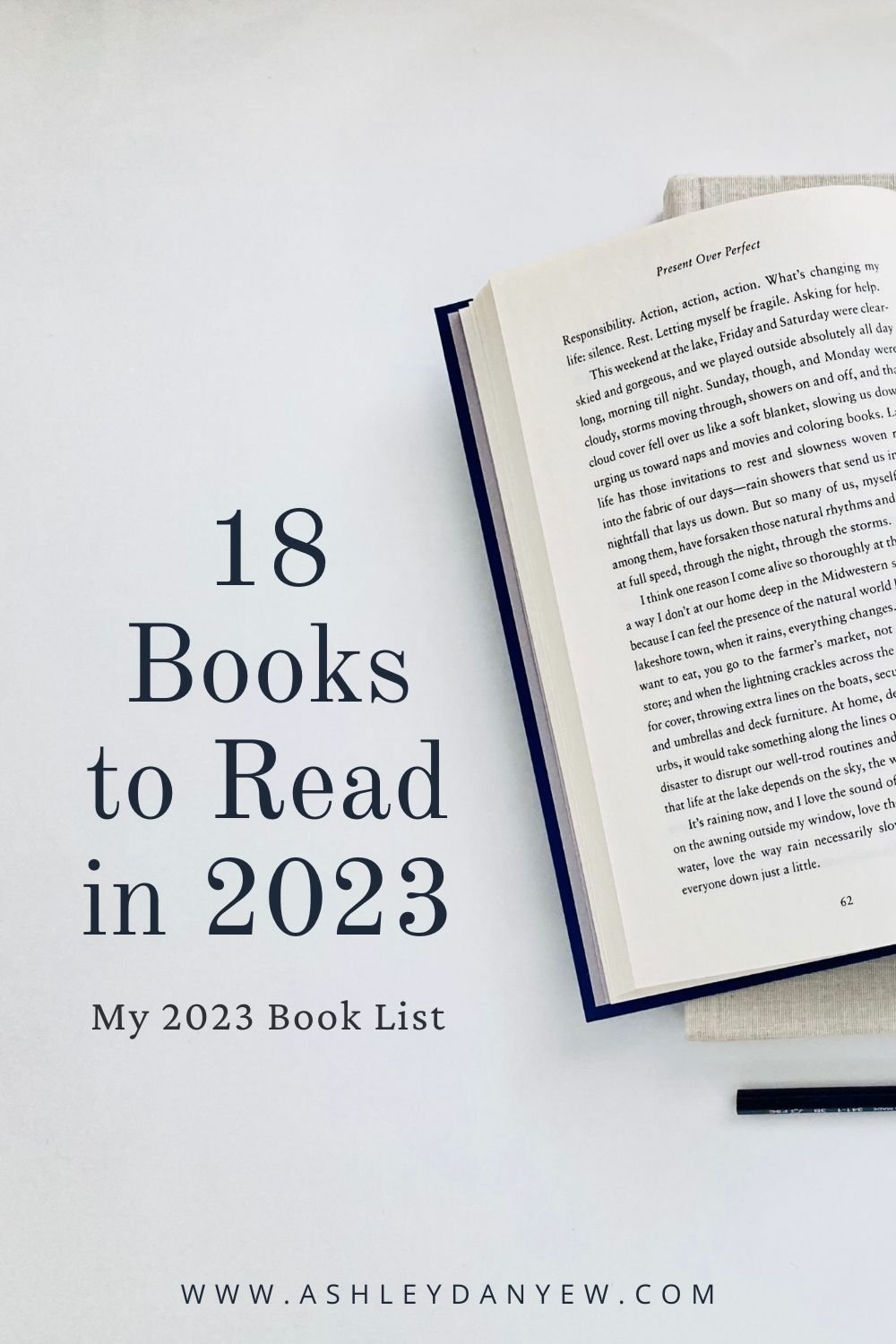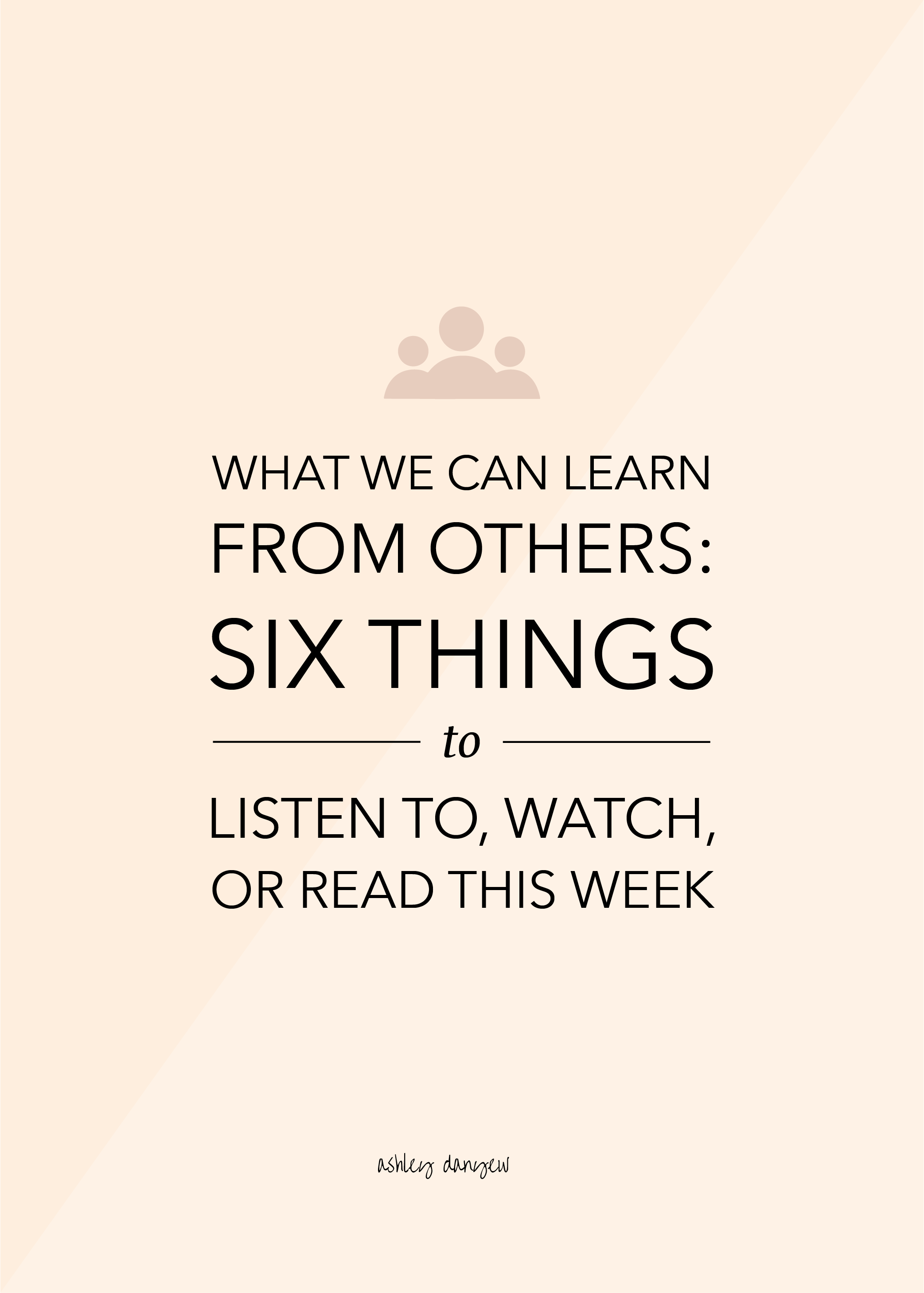*Disclosure: I get commissions for purchases made through links in this post.
Last week, we had our final choir rehearsal of the year.
I knew it would be busy as we prepared for our spring program on Sunday (nine anthems + narration) but in the midst of moving the piano across the Sanctuary, putting everyone in order, getting the music organized, and listening for spots that needed to be reviewed at the end of our run-through, we shared an amazing teaching moment.
Reflecting on this later in the evening, I said to Steve, “Moments like that can’t be planned. They just… happen. I couldn’t have come up with that and written it into a lesson plan no matter how much time I spent preparing. It came to me in the moment as a reaction to what was happening. It was pure improvisation.”
These are the moments in teaching that excite me.
Yes, it requires a fair amount of flexibility and willingness to adapt and respond. It requires a certain level of awareness and the ability to react quickly.
“Did you notice that everyone stopped talking?” I asked a few minutes later. “They were mystified,” Steve replied, simply. “When you challenge them with something they don’t already know, they pay close attention.”
We had just finished running the program for Sunday (about 45 minutes) and I corralled everyone into the pews for a little technical work.
I asked them to self-evaluate their performance on a few things: “How were your dynamics? How were your cut-offs? Did you breathe in the right places? How were your vowels?”
Mostly the response was something like, “I think we breathed in all the right places, right? Did we breathe in the wrong place somewhere?”
When we arrived at the a cappella section in “Yes, My Jesus Loves Me” (gorgeous setting of the traditional text by Mary McDonald), the pitch sagged (especially with the altos), the sopranos rushed the beginnings of the phrases, and the tempo slowed.
First, I asked for the lower three parts and I sang/played along with the altos to help them recognize the pitch discrepancy. Then, I asked for just the altos.
When putting things back together, I asked the sopranos to sing their part silently. “Breathe, mouth the words, feel the vowels, hear your part in your head, but don’t sing out loud,” I instructed.
They looked surprised when I turned to them at the end of the section and asked, “How did you do?” There were a few chuckles. “No, seriously. How did you do? What are you practicing when singing your part silently?” I pushed. I got a few brave answers about rhythm and breath.
All eyes were on me.
“Did you rush the beginnings of the phrases? Did you take big enough breaths? Could you hear your part lining up with the altos, tenors, and basses? Practicing your part silently [fancy word: audiation] engages a different kind of listening—you’re learning to listen with this [pointing to my head] instead of just this [pointing to my ear].”
They were spellbound.
“Let’s try it again — all four parts.” The difference was amazing. No dragging tempo, they breathed together, they started and ended phrases together, the intonation was better, and their sound was much more unified.
Amazing.
These are the moments that fill and inspire me as a teacher and as a musician. This is why I do what I do.






































